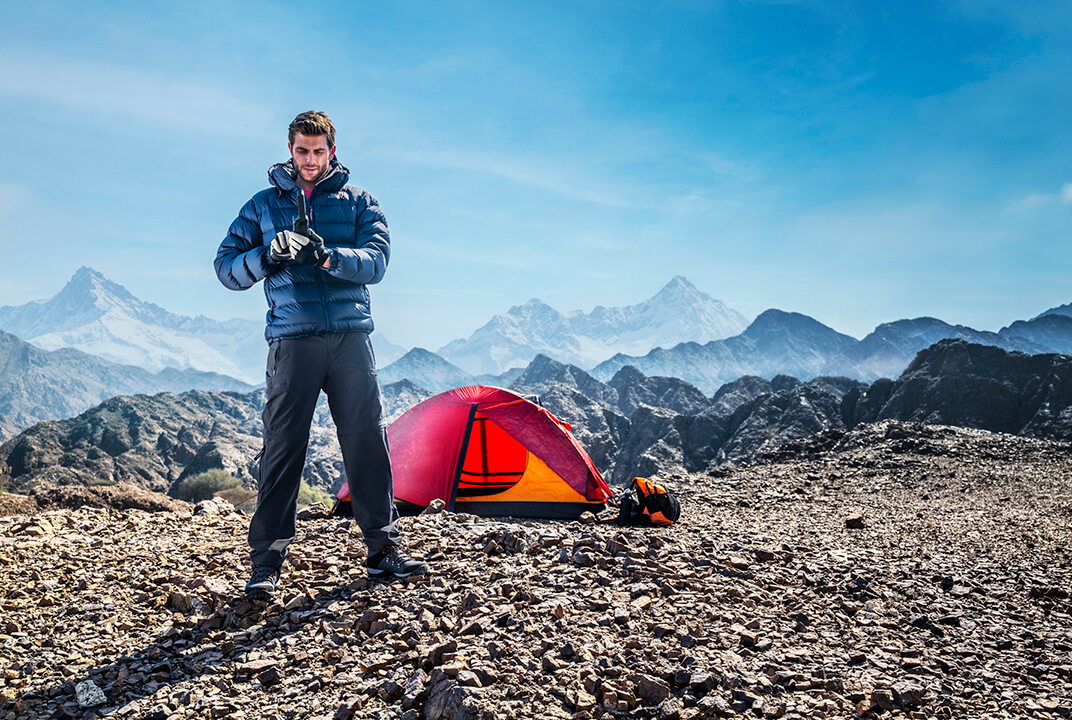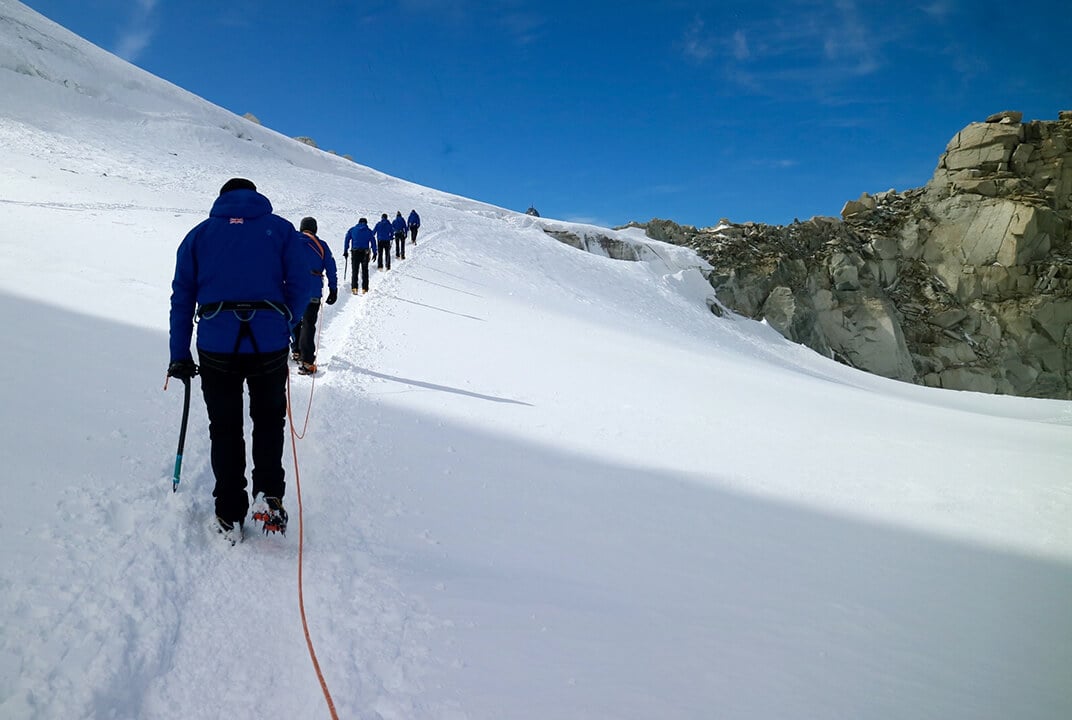Fault on Wildcat strikes Race2Recovery at start
The Race2Recovery support team sprang into action during the first stage of the 2013 Dakar Rally when one of their Wildcat race vehicles ran into problems.
The Wildcat driven by amputee Tony Harris developed a fault with its front differential, which controls power to the wheels, before the first special stage had even begun.
The support team came to the rescue, removing a prop shaft and enabling the car to continue in two-wheel drive mode.
Rear differential
But about 4kms (2.5 miles) into the 13-kilometre leg a problem developed in the same vehicle's rear differential.
The recovery truck's crew of Mark Cullum, Charles Simcock and Chris Ratter replaced the Wildcat's differential, so allowing the car to continue, finally arriving back at base at 11 pm.
“We knew the Dakar was going to be tough and today we learnt just how tough,” said driver Tony Harris. “There's a reason they call this the world's toughest rally.”
Wildcat problems
Matt O'Hare and 'Barney' Gillespie also had problems with their Wildcat, nicknamed “Joy” (pictured right).
“Joy kept overheating every 30 kilometres,” said Barney. “So we'd stop, take a break and let her cool down. Matt did a brilliant job and she kept going. The last few kilometres were incredible. I've never seen dunes like that and we were navigating through them in the dark. This is everything I thought the Dakar would be, and then some.”
Ben Gott and US Marine Mark Zambon had a trouble free day in their Wildcat. “It's the mental exhaustion that's the biggest challenge,” said Mark.
Sand dunes
Sunday saw the team facing stage two of the rally – an 85km circular route from Pisco and back through shifting sand dunes.
Both vehicles finished the stage, with the team reporting on Twitter that it “was quite an adventure”.
The Race2Recovery team of injured British and US service personnel is using Inmarsat IsatPhone Pro satellite phones and an Inmarsat BGAN terminal to post blog updates and send back photographs, video and images.
Wildest terrain
They are crossing 9,000km (5,600 miles) and three countries, including the Andes and Atacama Desert and some of the wildest terrain in South America.
They are also raising money for a Help for Heroes project, the Tedworth House Personnel Recovery Centre, in the UK, which provides vital support for injured servicemen and women.
The race route passes through southern Peru, across the border into Argentina, and finally into Chile, where they hope to cross the finish line in Santiago on Sunday 20 January.

